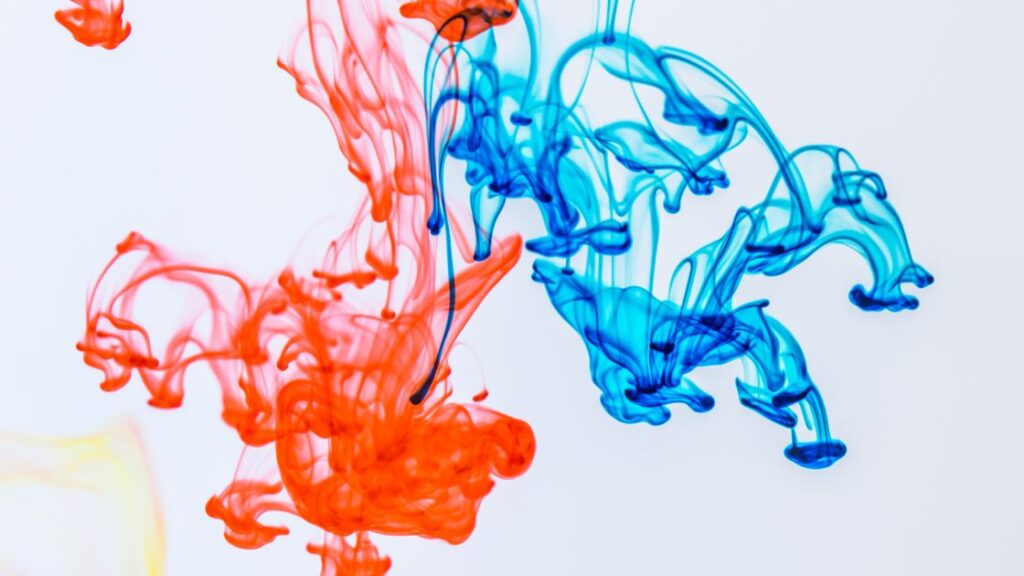
Things you don’t know about papermaking dispersants!
What is a papermaking dispersant?A dispersant is a chemical substance that can disperse chemicals or particles so that they are evenly dispersed in a liquid. In many industrial fields, the use of dispersants is crucial to the stability, quality and …
Read More

Three major manifestations of liquid properties of papermaking dispersants
What is a papermaking dispersantA dispersant is a chemical substance that can disperse chemicals or particles so that they are evenly dispersed in a liquid. In many industrial fields, the use of dispersants is essential for the stability, quality and …
Read More

What kind of stability does the papermaking dispersant have?
What is a dispersant? A dispersant is a surfactant that has two opposite properties, lipophilicity and hydrophilicity, in its molecule. It can evenly disperse the solid and liquid particles of inorganic and organic pigments that are difficult to dissolve in …
Read More

What is a water-based dispersant? Let’s look at its four major characteristics
Dispersant is a surfactant with two opposite properties, lipophilicity and hydrophilicity, in the molecule. It can evenly disperse the solid and liquid particles of inorganic and organic pigments that are difficult to dissolve in liquids, and at the same time …
Read More

Four major precautions for using wetting and dispersing agents
Dispersants are also surfactants, including anionic, cationic, nonionic, polymeric and other types, among which anionic types are more commonly used. Dispersants are suitable for powders or powders that are easily affected by moisture and agglomerate. After addition, they can effectively …
Read More

Five steps to use water-based dispersants
Dispersant is a surfactant with two opposite properties, lipophilicity and hydrophilicity, in the molecule. It can evenly disperse the solid and liquid particles of inorganic and organic pigments that are difficult to dissolve in liquids, and can also prevent the …
Read More
